…by the 1880s the Arthurs Creek district became a major source of Melbourne’s fruit supply…
At the close of 2012, it will be 150 years since the arrival of the first selectors to establish a permanent settlement at Arthurs Creek.
The selection acts of the 1860s were the result of pressure to unlock the land held by the squatters. The acts encouraged closer settlement and increased agricultural production, by allowing settlers with limited means to acquire land of their own. Under the Duffy Land Act, which came into force on 10 September 1862, pastoral leases in the Arthurs Creek district were cancelled and the land surveyed and thrown open for selection.
Patrick Reid of ‘Hazel Glen’ held a pre-emptive right to the 640 acre homestead section of the former Stewart Ponds run, which was approved for purchase on 30 April 1852. Other leaseholders residing in the district during the 1850s included the Smith brothers of ‘Glen Ard’ and Archibald Macfarlane of ‘Ardchattan’. The Bear family leased an extensive tract of land to the east of the Plenty River, including sections of Bear’s New Leicester run.
The first selectors at Arthurs Creek were Charles Draper of ‘Charnwood’, ‘then a tenant farmer on the Kangaroo Ground’ and John Ryder, born in Devonshire ‘who was for ten years at the Plenty’. Draper and Ryder were friends and are said to have ‘tossed up for first pick’ of the allotments. Ryder’s selection included the site of the present township. Draper selected adjoining land to the north, with excellent shelter and running water suitable for fruit-growing. He named his selection Charnwood, after the Charnwood Forest area of Leicestershire where he was born.
Draper and Ryder built their homes adjacent to each other on the west side of the Running Creek, near the junction with the Deep Creek and Arthurs Creek. Jim Draper, the third son of Charles and Catherine Draper, was born at Running Creek on 9 January 1863, with Mrs. Jane Ryder acting as midwife.
The Arthurs Creek was named after Henry Arthur, a member of John Batman’s Port Phillip Association who, in about 1836, built a homestead below the Nillumbik Lagoon at Diamond Creek. The local district was initially identified as Linton, from the Parish of Linton, and for many years as Hazel Glen, from the name of the Reid’s original eight square-mile Hazel Glen pastoral run. The timber bridge, which replaced the original log crossing over the Arthurs Creek near John Ryder’s vertical slab dwelling, was known as Ryder’s Bridge.
‘Bruni’, in ‘The Australasian’ of June 1889, wrote in relation to Charnwood, ‘The difficulties in the way of making the new home were many and formidable…It was objected by the land officers that the site was too near Melbourne to be taken up under the act (Duffy Land Act 1862), but that objection was overcome. Taking a bullock dray on to the selection was a most difficult job, and then there was facing the years of hard labour and hard living before there was any possibility of any return…gradually the stubborn forest was subdued, and it was eventually proved that fruit trees would not only grow well, but would produce the finest fruits in this poor looking soil. While this was being done, dairying was carried on to provide the means of subsistence.’
Other settlers followed Charles Draper’s example and planted fruit trees on their selections, with the result that by the 1880s the Arthurs Creek district became a major source of Melbourne’s fruit supply. The Leader, under the heading of ‘The Fruit Crops’ in February 1880, reported that ‘one of the best, and most extensive orchards in the colony is situated a few miles within the county of Evelyn, at Charnwood, near the post town of Hazel Glen, where Mr. Charles Draper selected land among the Plenty Ranges…containing a large extent of alluvial flats, which are found exceedingly well adapted for the growth and productiveness of all the hardier kind of fruits; upwards of 100 acres have been broken up and planted.’
In 1889 it was estimated ‘that in the banks and braes of the Arthur or Diamond Creek and its tributaries, there are now fully 2,000 acres of land planted with fruit trees. Many of these fruit growers got their first trees from Mr. Draper, and still more are adopting his mode of treating their trees.’
Thomas Murphy, a native of County Armagh in Northern Ireland, commenced dairying at Sydney Road, Somerton before selecting land at Arthurs Creek, in 1863. Faced with a shortage of water for his stock, Thomas ‘heard that there was plenty of fresh water flowing from the mountains…at a place called Arthurs Creek.’ Thomas and his eldest son William ‘rode out to have a look and were so impressed that they immediately went to the Lands Department, Melbourne, and selected 80 acres adjacent to C. Draper’s allotment on its north side and the family (of five boys and two girls) all moved out to Arthurs Creek in 1864.’ Thomas and Elizabeth Ann Murphy built their home ‘beside the Deep Creek then a beautiful stream teeming with black fish.’
John and Christina McDonald came from Invernesshire in the Scottish Highlands. Both were Gaelic speakers indented to Captain Aeneas McPherson, ‘manager of Thomas Walker’s estate along the Plenty River’. The McDonalds lived at Yan Yean before selecting land of their own at Arthurs Creek in 1864. They called their selection ‘Glen Donald’ and built a comfortable home on the east side of the Arthurs Creek for their growing family of five sons and two daughters.
Donald Macmillan, a Gaelic speaker from Breakachy farm in the Parish of Laggan, Invernesshire, arrived in Port Phillip as a widower of age 50 years. He was accompanied by his family of seven children. Donald was indented to Captain McPherson and worked as a shepherd ‘until he paid off his passage money’. He remarried, and had five more children. In about 1866, Donald selected ‘lot 35a of 19 acres or thereabouts’ adjoining John McDonald’s selection on the eastern side of the Arthurs Creek. He moved from Morang to his new home overlooking the alluvial flats of the Arthurs Creek.
In 1866, Alexander Brock of Oak Hill, Preston, selected 188 acres of land above the junction of the Stewart’s Ponds and Arthurs Creeks at Nutfield. He named his property ‘Kirkliston’ after his birth place in Scotland. Richard Bassett, a native of Cornwall, selected land on the south side of Doctor’s Gully Road which he named ‘Tregowan’.
Other early settlers included Pierce Brennan who, in about 1867, selected land along the Running Creek to the north of William Murphy, which he called ‘Fernvale’, and his brother Michael who selected land to the west of the Deep Creek, which he called ‘Pine Hill’. Further upstream, the Macfarlanes were able to retain part of the former Running Creek Station, including the ‘Ardchattan’ homestead block.
In June 1888, Charles Draper was unanimously elected a Fellow of the Royal Horticultural Society of Victoria. A subsequent meeting of the society acknowledged the efforts of ‘Mr. C. Draper, who has for many years been actively identified with the progress of horticultural settlement in Victoria and has occupied a prominent position on the committee of management of the society…’ In August 1890, he was appointed a Member of the Board of Horticulture for Victoria and in February 1891, was appointed to the Board of Advice for the management of the Burnley Horticultural Gardens.
On 12 May 1890, at a meeting convened by Charles Draper and chaired by Richard Bassett, the Arthurs Creek Fruit Growers’ Association was formed. Charles Draper was unanimously appointed President, Patrick (P.W.J.) Murphy Secretary and John Herbert Treasurer. Twenty-two members enrolled at the entrance fee of one shilling. Chas. Draper, R. Hempel, W. Draper, J. Draper, Bassett, D. Christian, S. Spicer, P. Murphy, A.J. Macfarlane, P. Green, G. Gray, J. Mann, J. Lodge, O. McDonald, J. McDonald, O. Gray, J. Linton, J.W. Laidlaw, J. Herbert, H. Macmillan, J. Harrison and Jas. Murphy.
In 1894, George and Isabella Apted commenced fruit growing on their ‘Meadvale’ property at Nutfield. The former 172 acre homestead block of ‘Glen Ard’ station was purchased by George Apted in 1906. This land included two existing orchards planted along the creek flats. Extensive clearing was undertaken to prepare additional land for cultivation. Between 1912 and 1920, the Apted family relocated in stages from ‘Meadvale’ at Nutfield to ‘Glen Ard’ on the upper Arthurs Creek. Today, there are about 140 acres under apples and pears at ‘Glen Ard’.
An active community worked together to improve amenities and services for the growing settlement. The old Hazel Glen School in Chapel Lane, built ‘some time before 1867’, served as a district school prior to the opening of the Arthurs Creek State School in January 1876. A Primitive Methodist Church opened for worship in November 1873. In September 1887, a grand concert and ball was held to celebrate the opening of the Mechanics’ Institute and Free Library. A post office was opened at the school in October 1889. In 1899, a purpose built post office and store was opened next to the hall (closed 1972). These and other facilities, including the historic Arthurs Creek Cemetery, former Church of the Irish Martyrs, Ryders Flat Reserve and the Fire Brigade, have provided support for a small rural community living close to Melbourne in the green wedge of the Nillumbik Shire.
Further information about the 1862 Land Act also known as the Duffy Land Act can be found here.
For more information about these individuals and families see

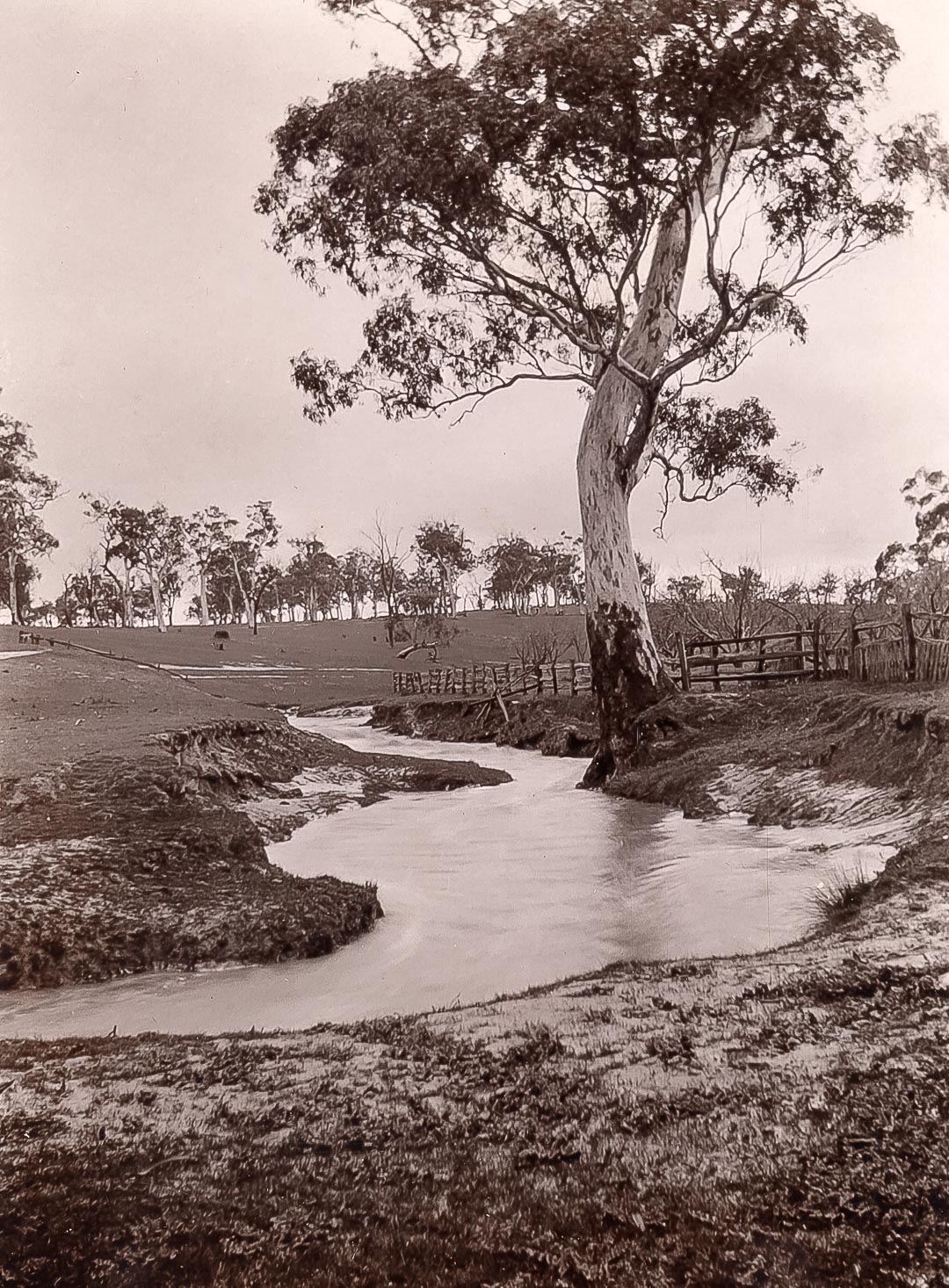
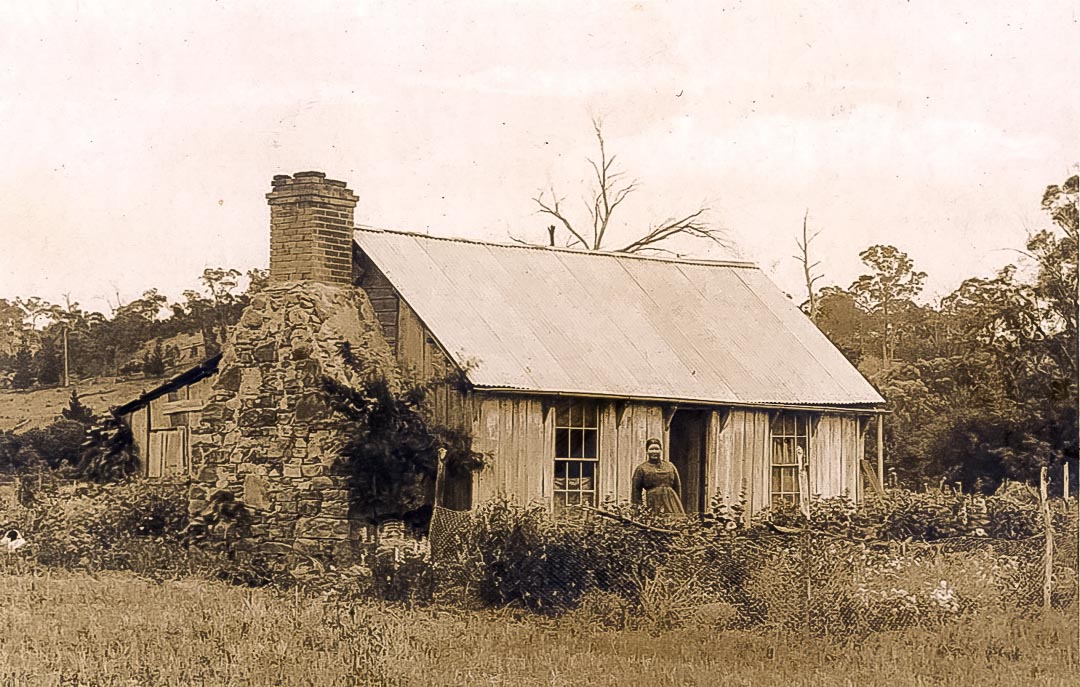

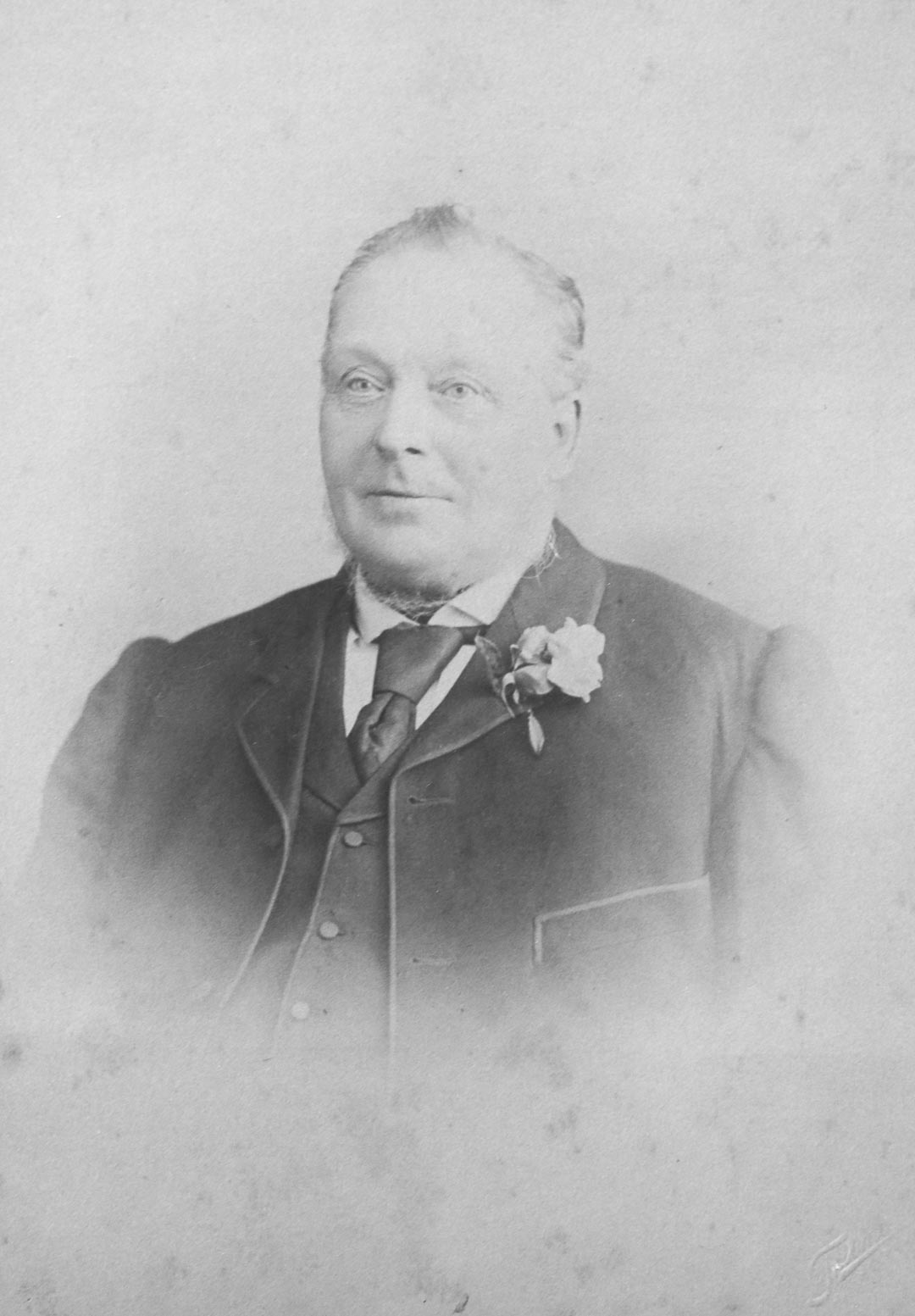
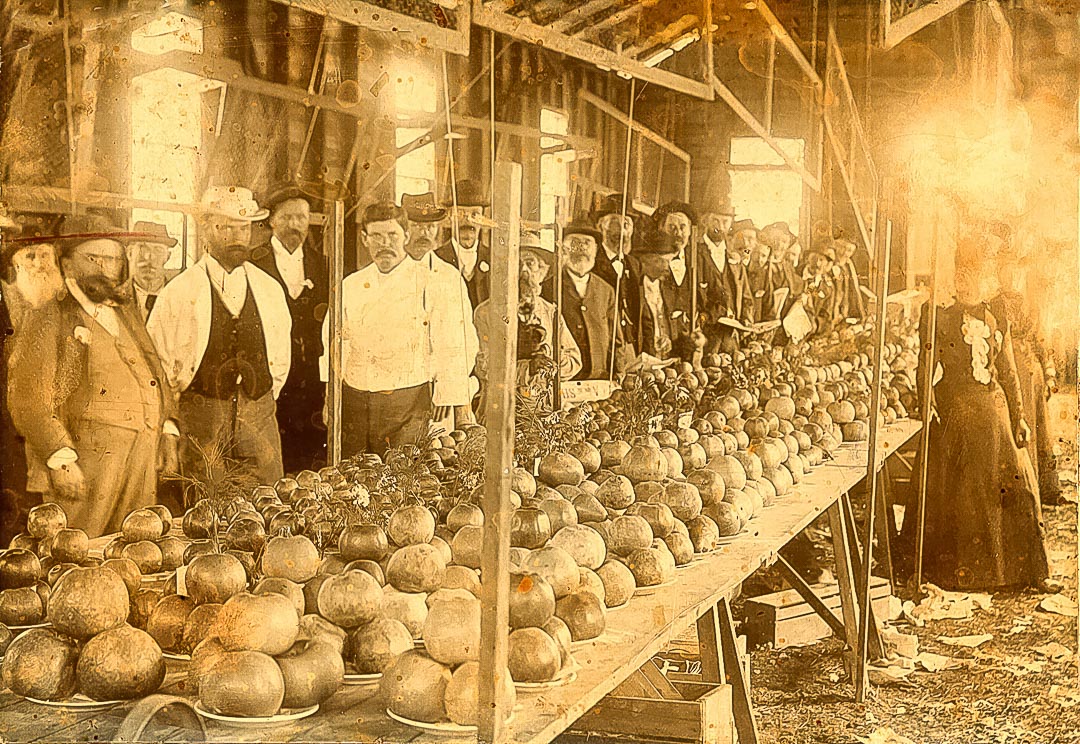
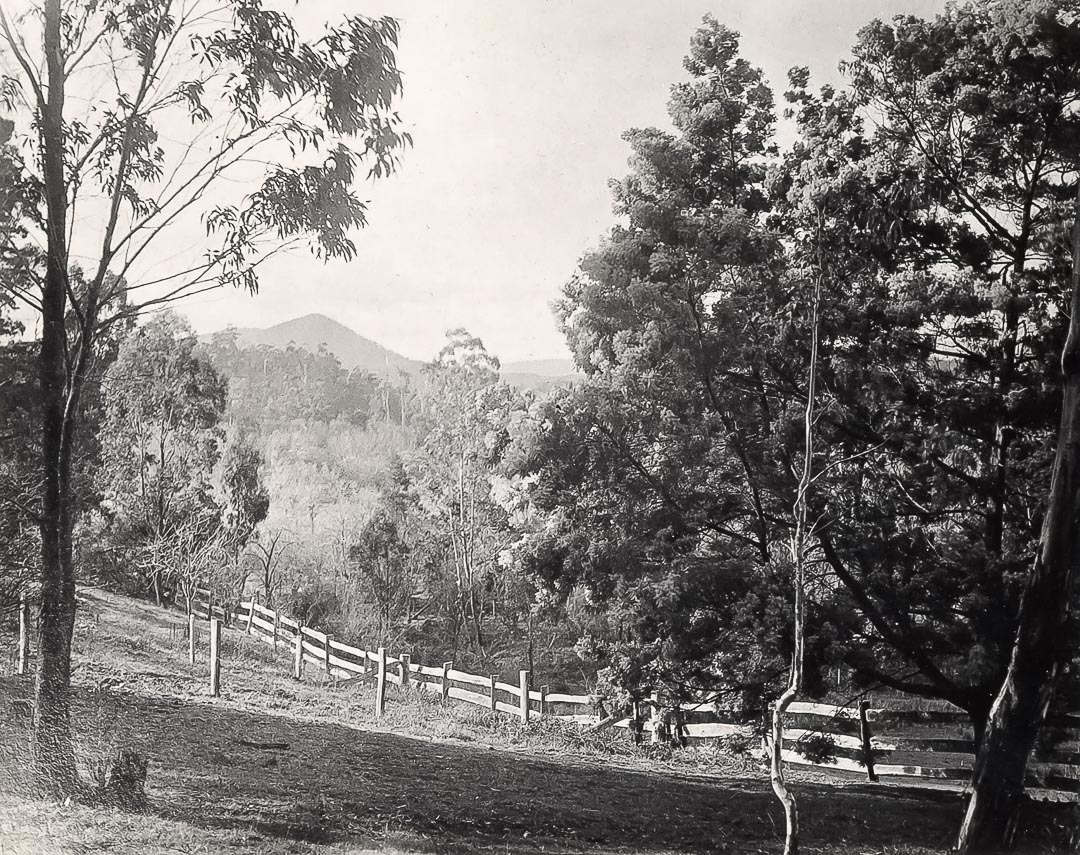
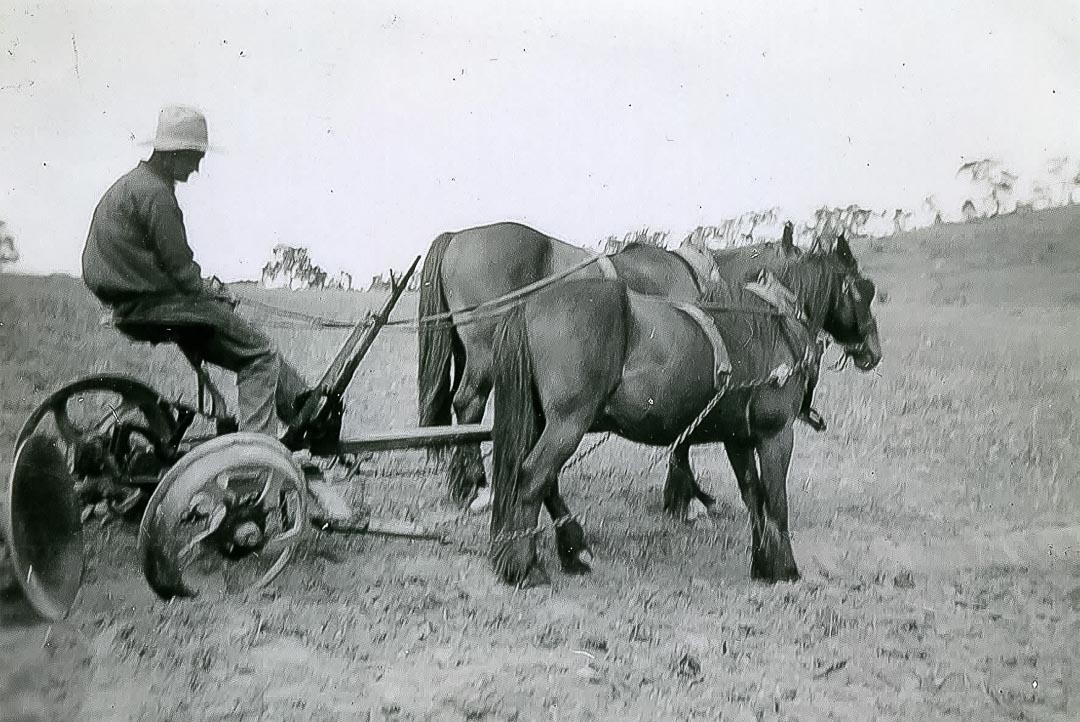
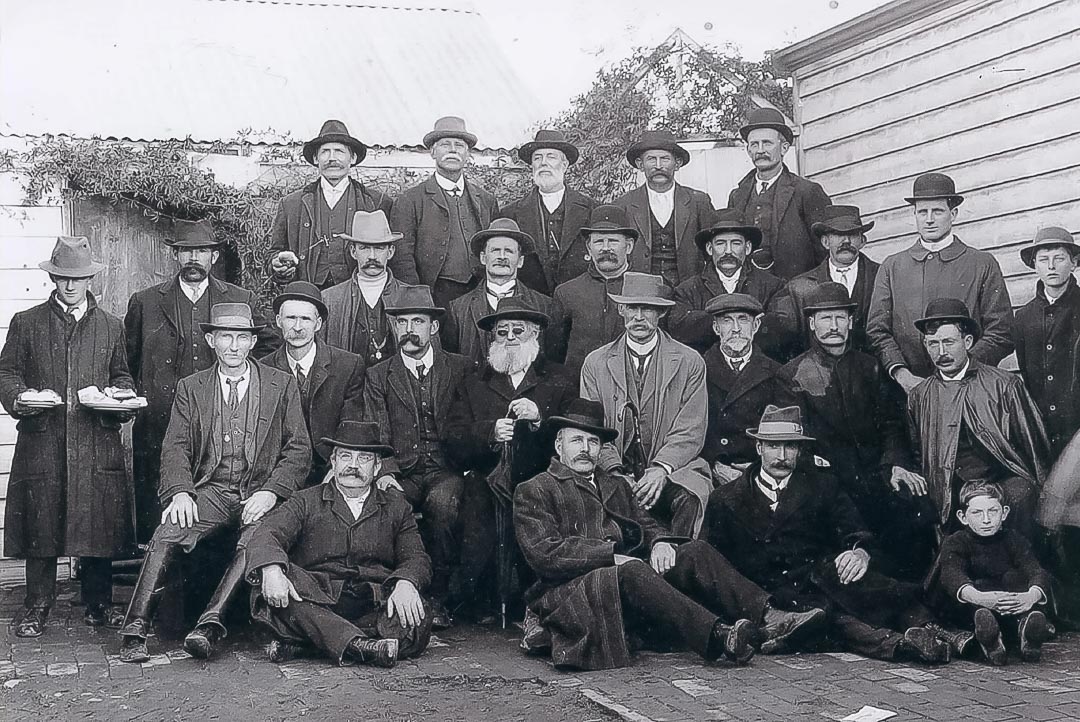
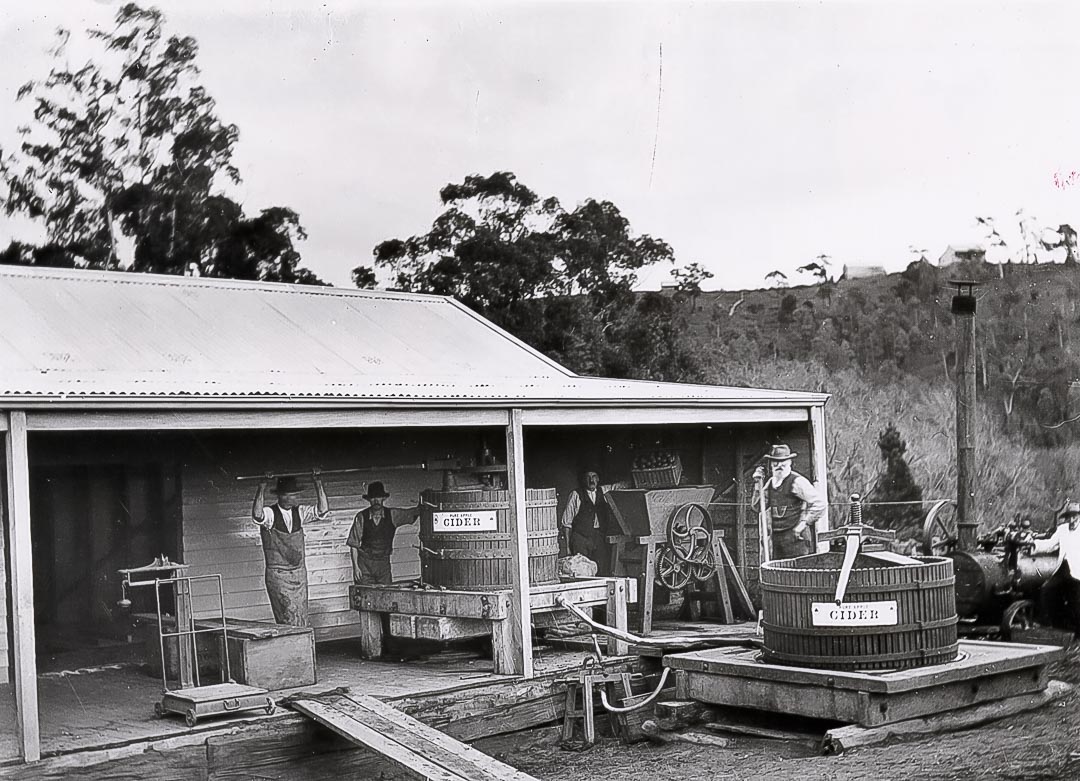


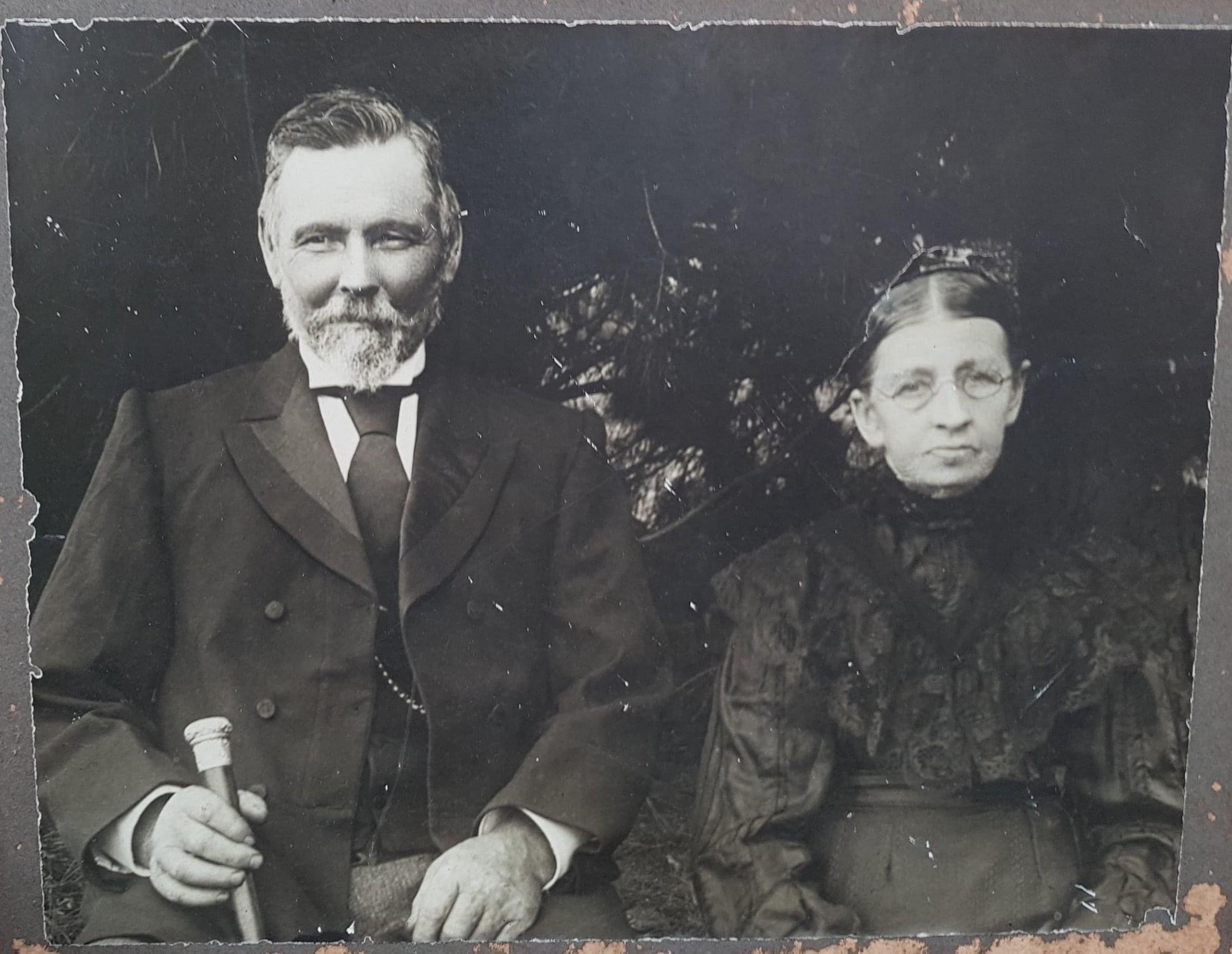
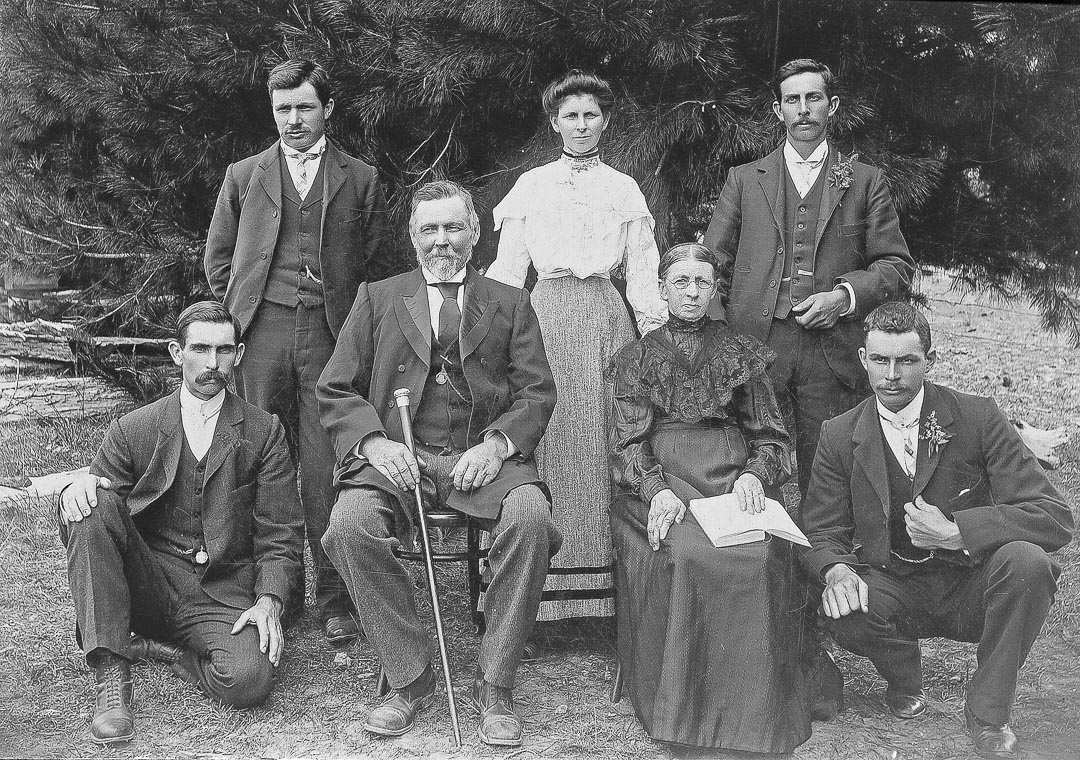

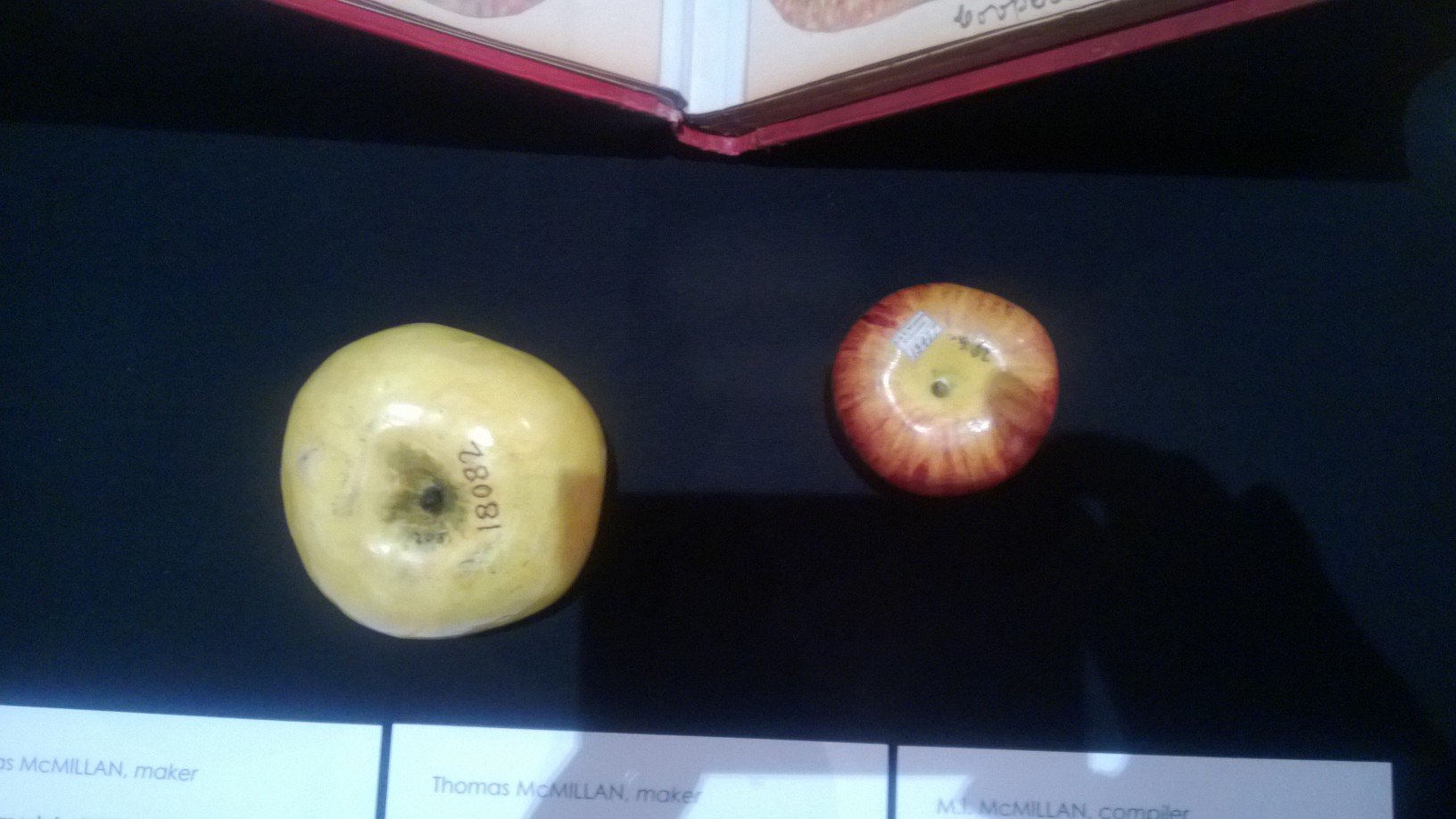
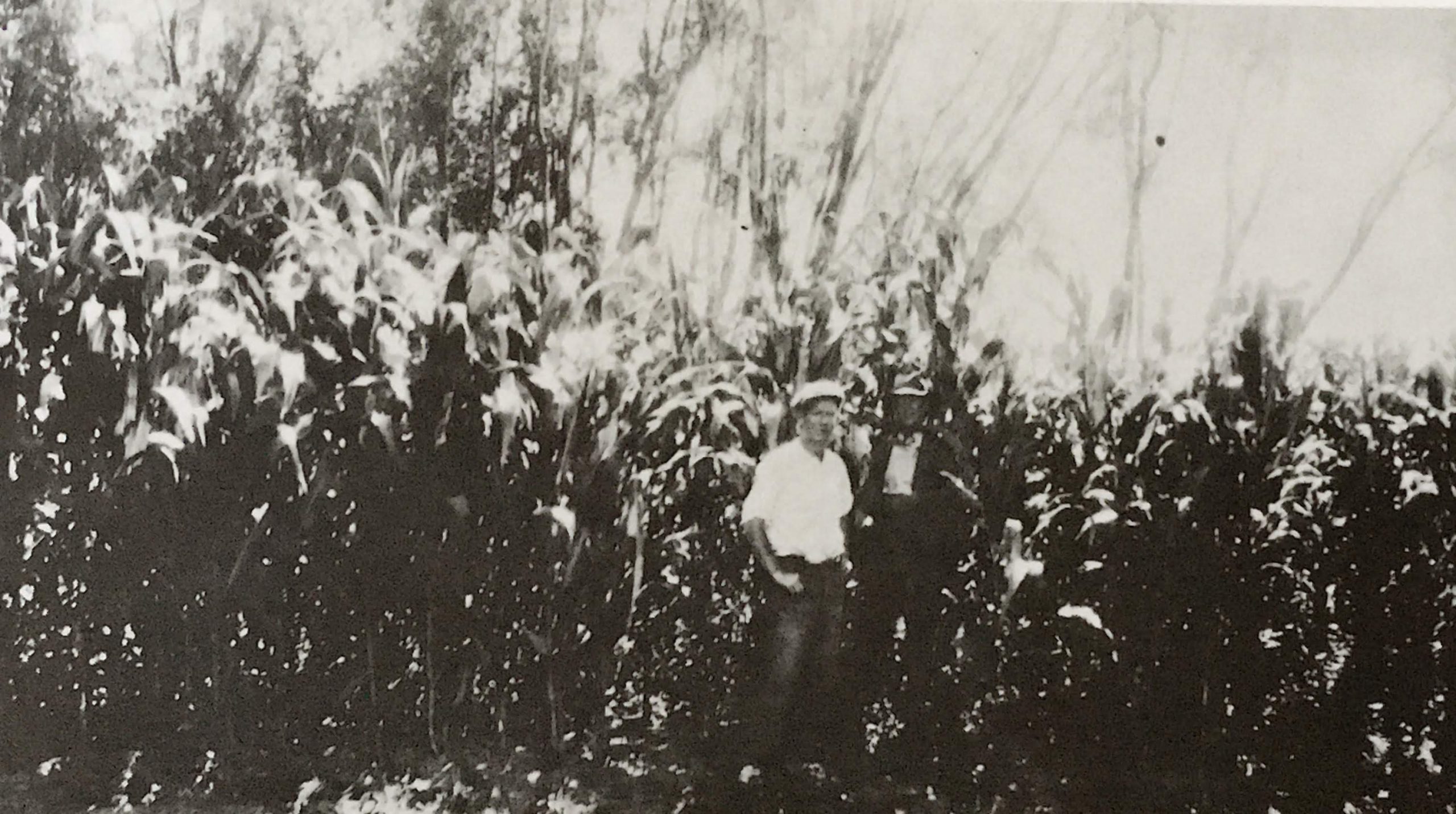

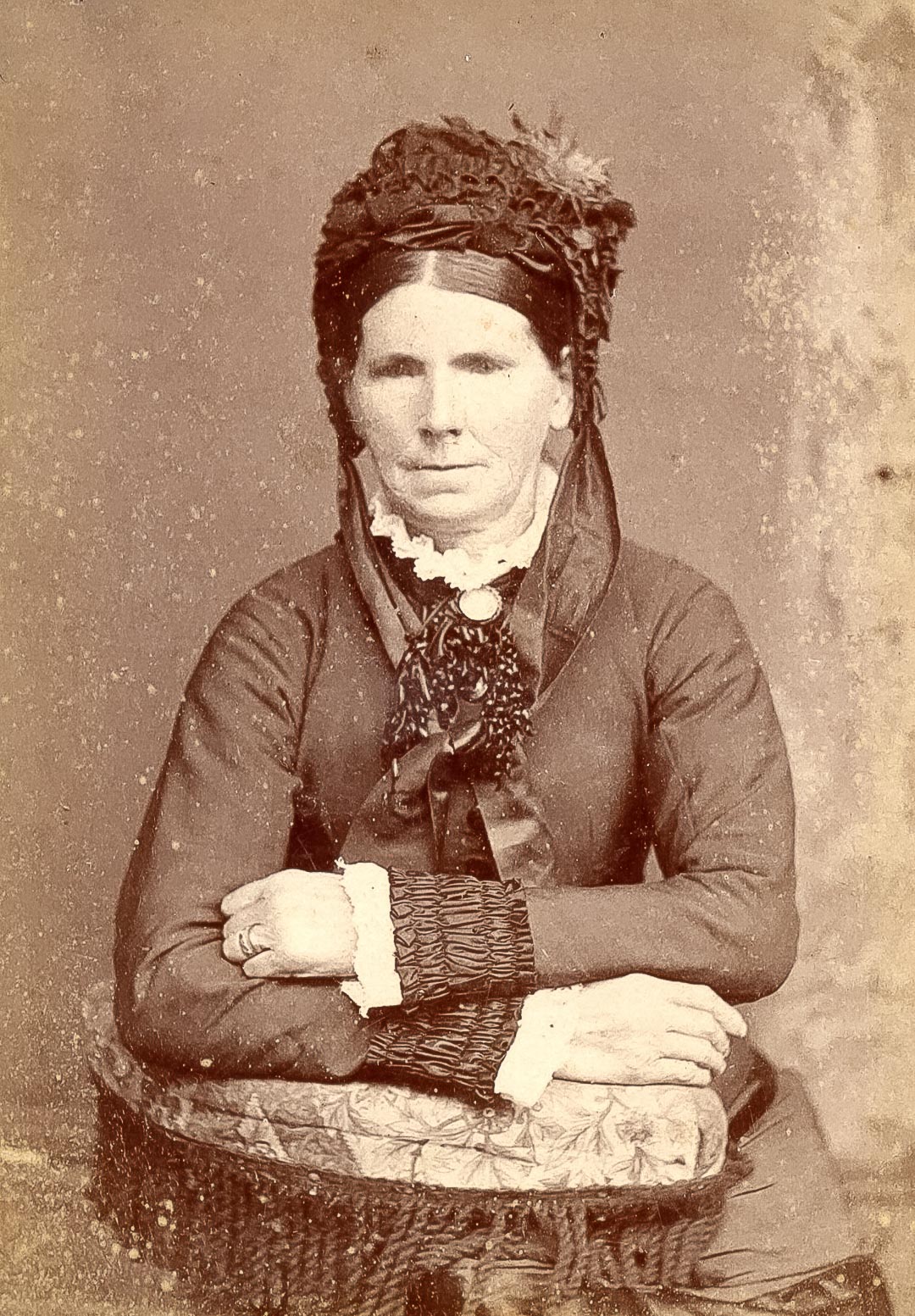
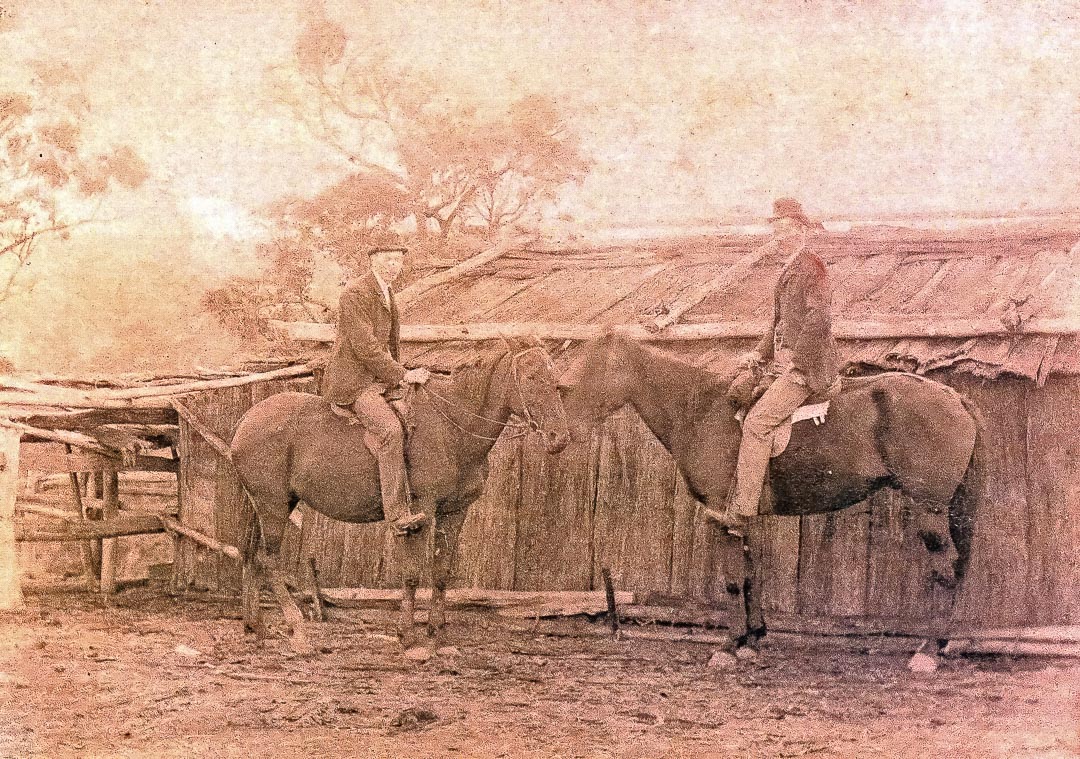

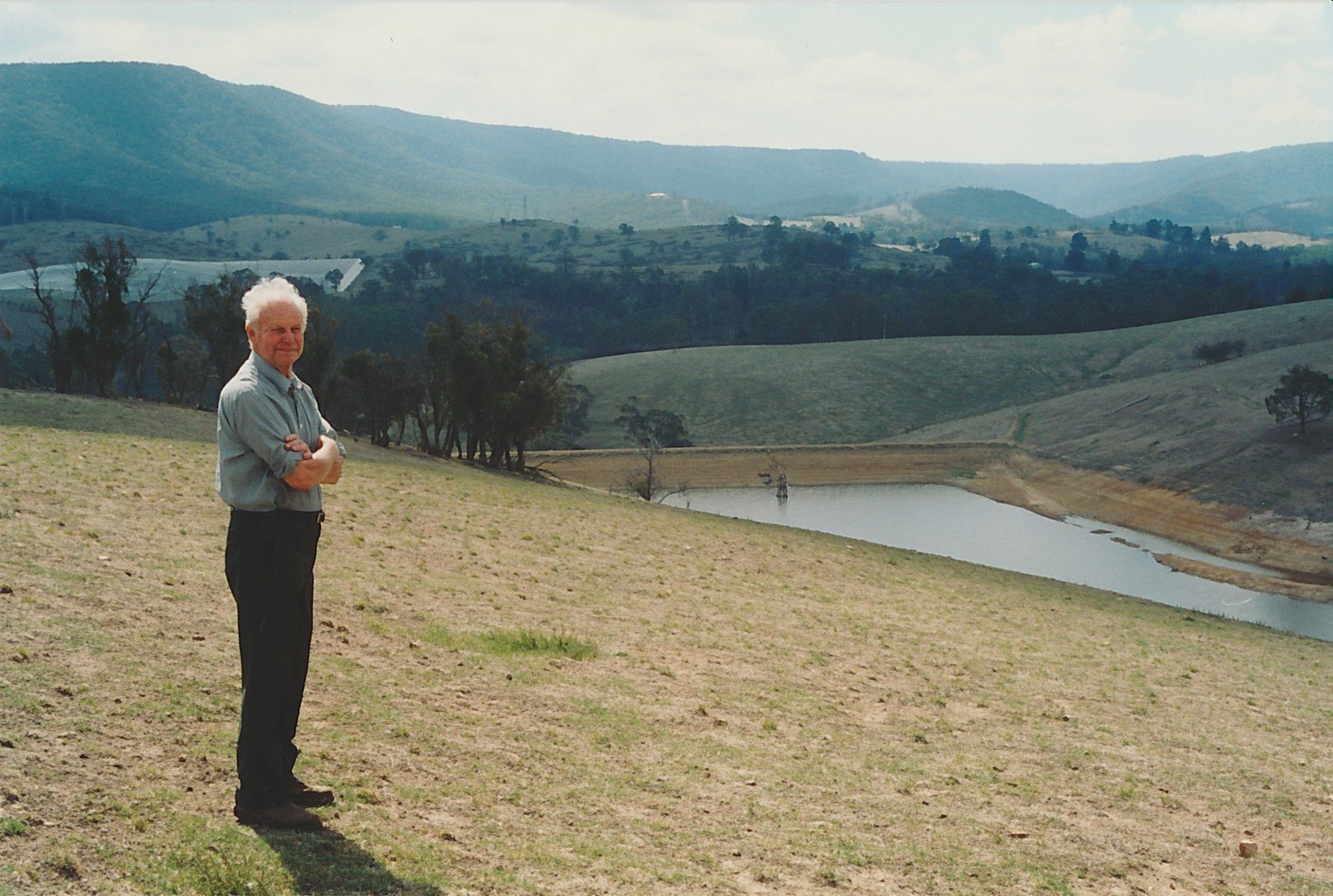
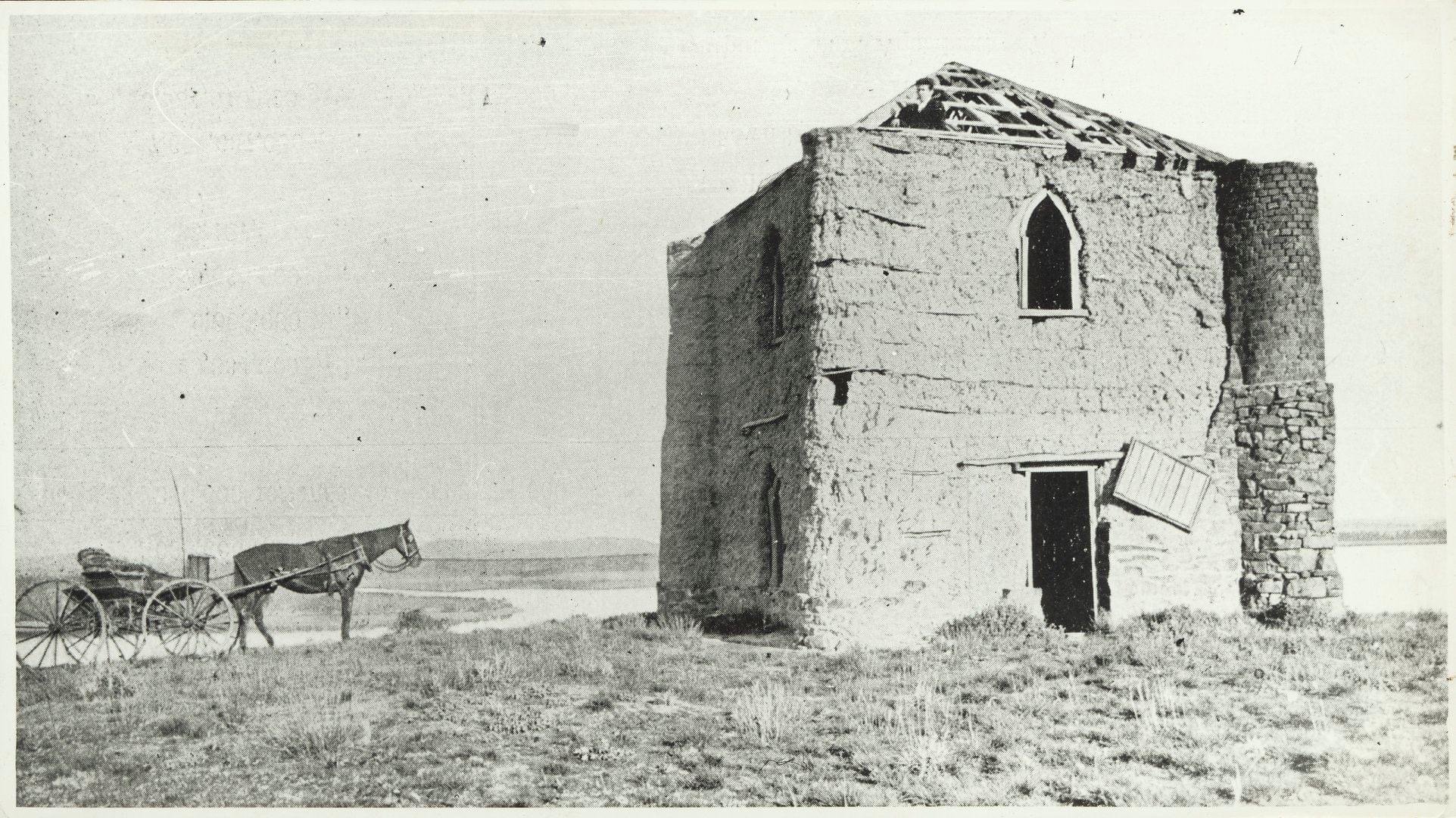

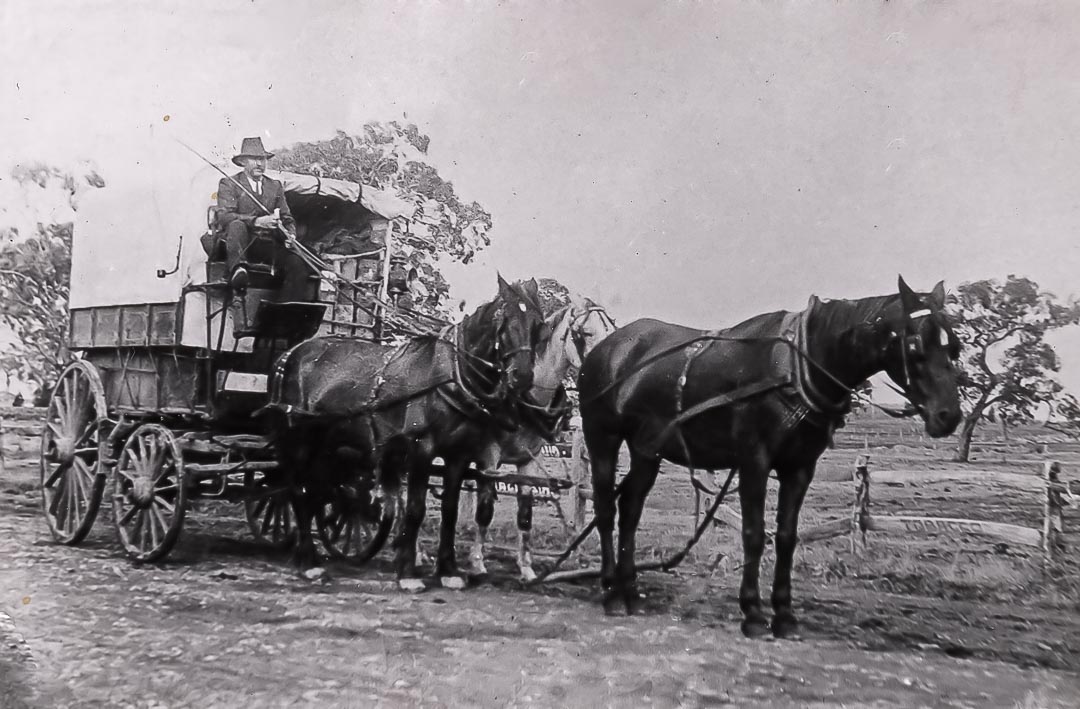
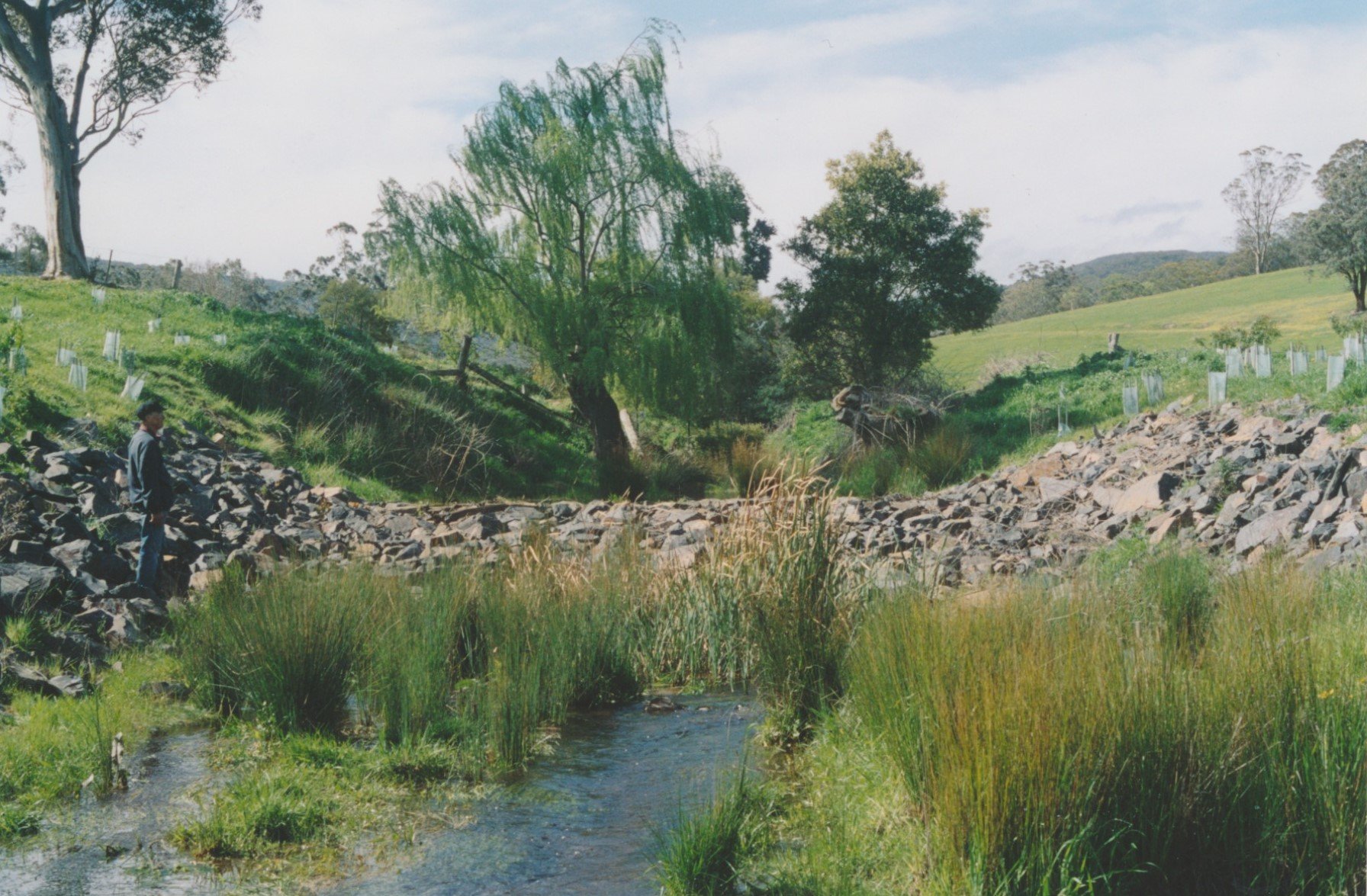
0 Comments